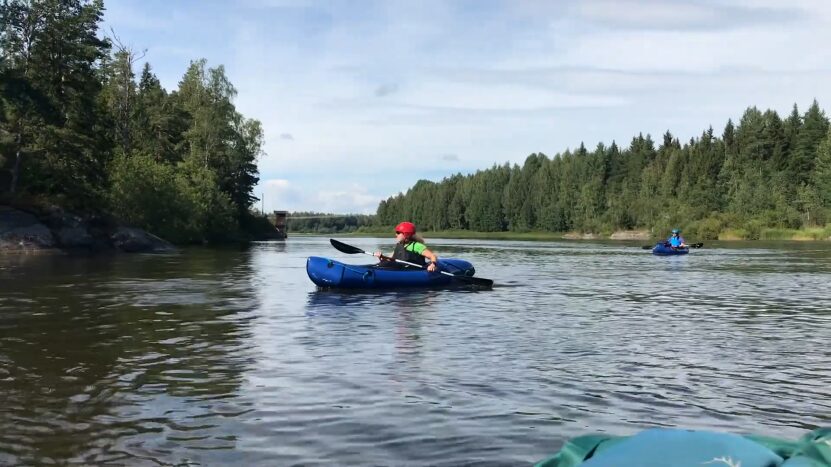I love adventures that offer flexibility, and packrafting is perfect for that.
If you’ve ever had to walk or cycle around a body of water or struggled with dragging a kayak during a long portage, you’ll appreciate packrafts as much as I do.
They let you seamlessly transition between land and water, so you’re never stuck dealing with just one terrain.
What Is Packrafting?
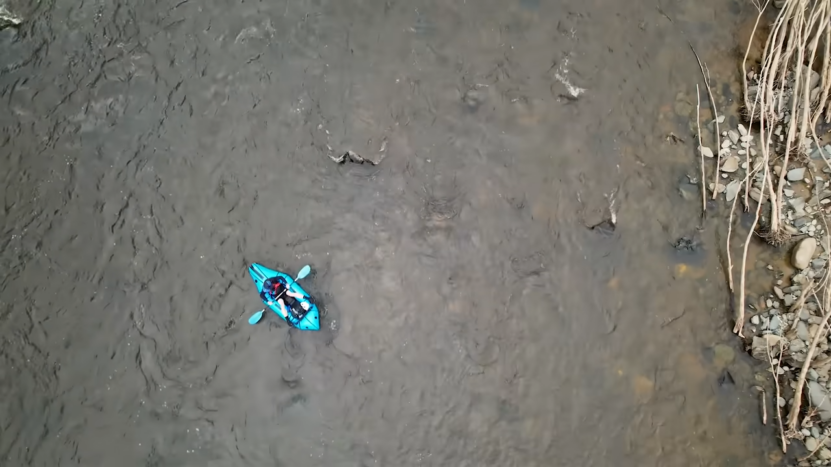
A packraft is a lightweight, durable raft that packs small enough to carry in a rucksack. It is not an inflatable kayak; packrafts are lighter, more durable, and pack down smaller.
They typically weigh only 3-4 kg.
Packrafts are great for exploring rivers, traveling through mixed terrains, or tackling white water rapids. Ideal locations for packrafting include Scotland or Norway.
Packrafts allow you to reach areas that are otherwise difficult to access. With a packraft and a few days’ supplies, your hike becomes an expedition.
You can also combine packrafting with cycling, known as bikerafting, to explore diverse landscapes, like cycling in Greenland and then paddling across a fjord. It’s an excellent way to explore the wilderness.
How to Use a Packraft
Packrafting is straightforward. You carry your packed gear to the water’s edge. Once there, you inflate your packraft, assemble your paddle, and load your gear into the raft. Then, you switch from walking to paddling.
Thanks to their wide and buoyant design, packrafts are easy to use, even for beginners. This makes them stable and less likely to tip, which is helpful if you want to keep your gear dry. They are ideal for multi-day trips. Packrafts are believed to have originated in Alaska, where portable boats were very practical.
After paddling across a lake or down a river, you unload your gear, deflate the packraft, pack everything up, and continue hiking or biking. It’s a great feeling to cross a body of water that most people have to go around.
What Should You Wear?
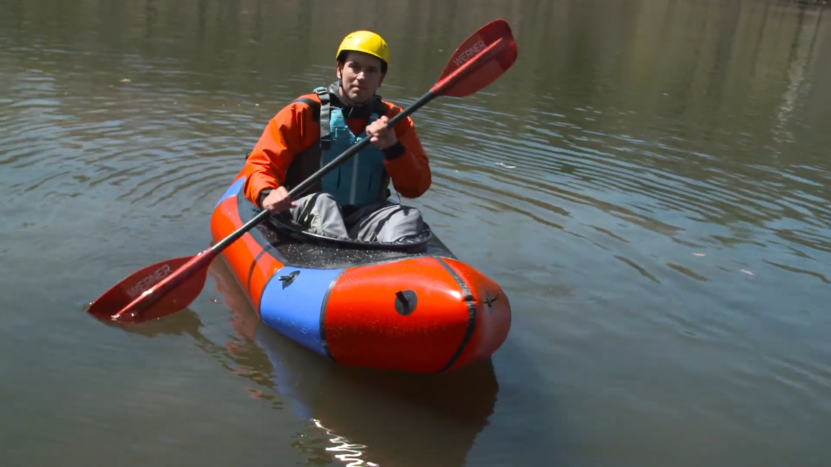
When packrafting, you’ll spend time on both water and land. Here’s what to wear:
For warm water and low chances of falling in, dress for hiking. Wear waterproofs for splash protection and consider warm, waterproof gloves. Bring sandals or wetsuit boots to keep your regular shoes dry.
In colder waters, a drysuit is essential. While heavy and not suitable for hiking, it keeps you warm if you fall in. Ensure you can operate the zipper even with cold hands.
A wetsuit is another option, but less practical due to the difficulty of changing and drying it. However, if you’ll be swimming or canyoning along with packrafting, a wetsuit might be a good choice.
Essential Packrafting Gear
Packrafts pulled ashore with a lake surrounded by boulders in the background. Some well-laden packrafts ready for an adventure. Fishing rods optional.
First and foremost, you need a packraft. Several brands manufacture packrafts and ship worldwide, with Alpacka Rafts being one of the oldest.
The model you choose depends on your needs, whether you’ll be on relatively flat water with a bike strapped to the front or hiking to tackle Class 4 rapids.
A packraft typically includes the raft, a pump, and a paddle that splits into pieces.
Don’t forget the pump—it’s nearly impossible to inflate a packraft with just your lungs.
Next, you need safety gear, including a PFD (personal floatation device) and a helmet. A PFD keeps you buoyant if you accidentally fall into the water. A helmet is advisable in rocky rivers. Ask yourself: if I fall out, could I hit my head? In shallow rivers and narrow gorges, a helmet is a good safety measure.
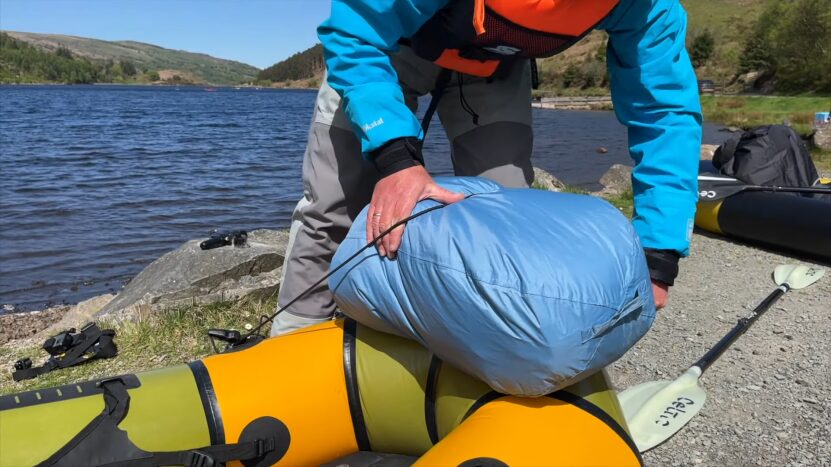
Additional safety items include a knife for cutting free from entanglements, like ropes that could trap you underwater.
Look for paddling-specific knives. A throw line is useful for rescuing a friend and should be practiced before use.
It’s a floating rope in a small bag that you throw to a stuck friend while holding the end of the rope to pull them out.
Another key item is a repair kit for the packraft. Just like a tent, if your packraft is damaged, you need to be able to fix it.
Contrary to popular belief, duct tape isn’t a cure-all. If you’ve carried your packraft this far, make sure you can use it.
Finally, bring all the non-paddling gear for your expedition, whether it’s a hiking rucksack or a bicycle.
Use dry bags to keep your gear dry while on the water. Keep a few essentials on your person, like a tracker beacon, in case you get separated from your raft.
A Pair is Safer than Solo
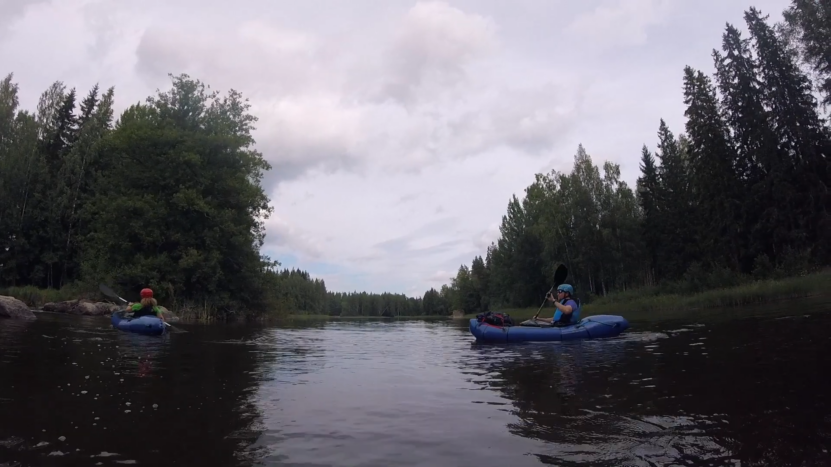
It might sound adventurous to go solo, but as a beginner, it’s wise to go with others. Even experienced packrafters prefer having at least one buddy.
This ensures that if something goes wrong, you have help, someone to pull you out, sound the alarm, capture your harmless fails on video, and share your last KitKat.
Water Can Be Cold and Can Make You Very Cold
Hypothermia is a known risk among hikers and can also affect packrafters. Falling into cold water can lead to a slow onset of hypothermia from exposure or a sudden shock from immersion in very cold water. If the water temperature is below 15°C, wear appropriate gear to stay warm and safe.
You Can Get Trapped in the Water
Watercourses, especially rivers with rapids, have many hazards. If you’re interested in whitewater packrafting, consider taking a swiftwater rescue or awareness course. This will help you understand risks like fallen trees, underwater branches, eddies, and weirs that can trap paddlers in their currents.
Where Should You Go Packrafting
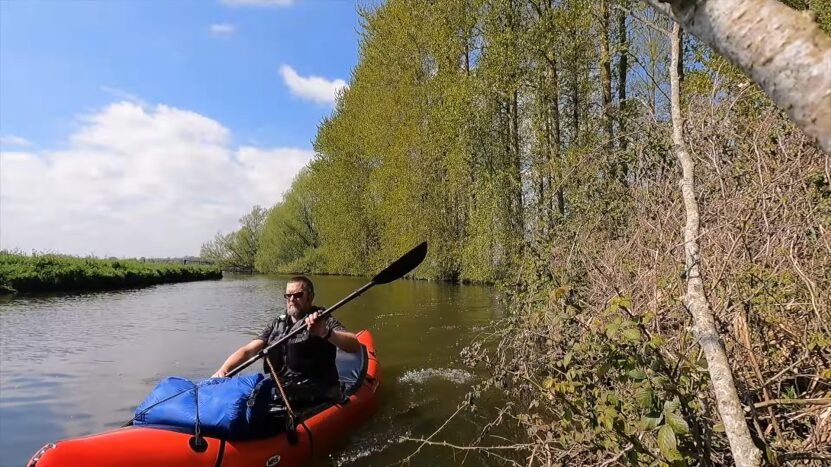
For me, the best packrafting spots combine land and water seamlessly. I love exploring places with islands, inlets, and fjords. One of my favorites is the Tara River in Montenegro, with its wild canyons and crystal-clear water.
The fjords of Norway and the mountains of Croatia are also breathtaking. Closer to home, the Northwest Coast of Scotland offers incredible scenery and challenging routes.
I’m also drawn to using rivers as natural highways. The deep, remote parts of New Zealand’s South Island are perfect for a long, immersive packrafting adventure. Patagonia, Georgia, Iceland, and Alaska are on my bucket list for their stunning, untouched landscapes.
For beginners, I highly recommend joining a guided packrafting trip. It’s a fantastic way to learn the ropes, meet other enthusiasts, and discover some amazing locations.
With a guide, you can gain experience and confidence while exploring exciting new places. Plus, you’ll have a new group of packrafting friends for future adventures!

